Pipeline Ties Detroit Refinery to “Dirtiest Source of Fossil Fuels”
State Department says oil is needed; Congressional leader joins activists in raising concerns.
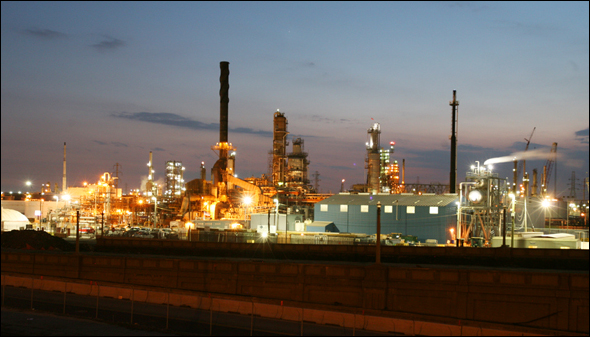
By Keith Schneider
Circle of Blue
Even before Marathon Oil announced two years ago that it would spend $1.9 billion to expand its Detroit refinery, the giant oil processing plant had generated ample public scrutiny.
“Lead. Benzene. Arsenic. You name it, we’ve got it,” said Dolores Leonard, who’s lived on Bassett Street, in the shadow of the refinery, since 1957.
Now the Detroit refinery and its expansion, currently estimated to cost $2.2 billion, is attracting national and global attention. In two years Marathon is scheduled to complete construction that will increase the refinery’s capacity to 115,000 barrels per day in order to turn so-called “heavy oil” into transportation fuels.
In doing so, the Marathon refinery, which employs nearly 500 workers, will seek to secure its place at the vanguard of a new era in hydrocarbon production. Instead of drilling deep underground for pools of oil that are getting harder to find and more dangerous to tap, energy developers are becoming miners, tapping what the energy industry calls “unconventional” reserves contained in oil-saturated sands and shales. At the other end of the more than 2,000 miles of pipeline that supply oil to Marathon’s Detroit refinery are the most productive unconventional reserves on the continent, the tar sands of northern Alberta, Canada.
Need That Oil
Industry executives and the Department of Energy assert that the transition from conventional to unconventional sources of oil is essential for satisfying American demand for gasoline, diesel, and jet fuels. “The increasing demand for crude oil in the United States cannot be entirely met by efforts to conserve use of refined petroleum products or the increased use of renewable energy. As crude oil demand increases, the overall domestic supplies of crude oil are declining,” said the State Department in an assessment, adding that without the tar sands, the United States “would remain dependent upon unstable foreign oil supplies from the Mideast, Africa, Mexico, and South America.”
But environmental advocates, many academics and some members of Congress say the consequences of unconventional oil production to water, land and air will be much higher than producing conventional oil reserves. According to published studies, producing a barrel of oil from tar sands requires four times more water than producing a barrel from conventional oil reserves. Producing tar sands oil, according to the Natural Resources Defense Council, emits 40 percent more greenhouse gases than oil produced from conventional reserves. And the Pembina Institute, a Canadian environmental research organization, has documented the astonishing water pollution, wildlife kills and deeply damaging effects that mining operations have inflicted on the forests wetlands, and rivers of northern Alberta.

Costs Are Exceedingly High
The warnings are producing the first influential push back from the federal government about tar sands development. For the moment, government opposition is focused on the proposed construction of the $7 billion, 1,702-mile Keystone XL pipeline that Trans Canada hopes to transport 510,000 barrels of tar sands oil a day from Hardisty, Alberta to Oklahoma and Texas.
–Dolores Leonard
On June 23, 50 Democratic members of Congress sent a letter to Secretary of State Hillary Clinton urging the State Department to more vigorously review the environmental and greenhouse emissions risks of the Keystone XL pipeline, which would have the effect of encouraging tar sands oil production to increase one million more barrels a day. The letter came six days before the State Department held a public hearing on the pipeline proposal that attracted vigorous opposition from environmental and climate action organizations.
On July 2, Representative Henry Waxman, D-Calif., chairman of the House Energy and Commerce Committee, sent a letter to the State Department that also called for more rigorous review of the proposed pipeline.
“The problem is that oil can be extracted from the tar sands only by using three times the energy required to produce a barrel of conventional oil,” said Waxman. “Studies estimate that shifting to tar sands fuel increases lifecycle greenhouse gas emissions by up to 37 percent compared to the baseline fuel supply.”
On July 9, citizen activists rallied outside the Detroit refinery to also call attention to the effects of tar sands development on water and air. “Tar sands are the dirtiest source of fossil fuels,” said Rashida Tlaib (D-Detroit), who attended the protest.
And on July 16, the federal Environmental Protection Agency sent an 18-page letter to the State Department that cited numerous weaknesses in that department’s assessment of the pipeline’s risks and called for a full environmental impact statement.
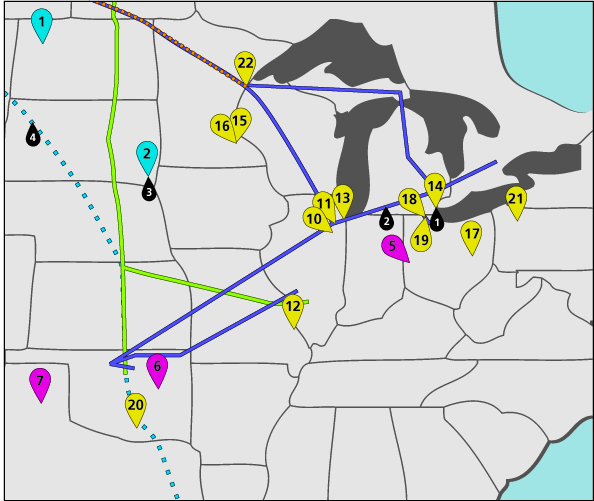
Big Money, Huge Environmental Risks
Alberta’s tar sands are found beneath an expanse of boreal forest, wetlands, lakes, and rivers that is about the same size as North Carolina. Energy Alberta, the provincial oversight agency, conservatively estimates that the tar sands contain 175 billion barrels of recoverable reserves, and with new technology could reach almost 400 billion barrels. At current rates of consumption—seven billion barrels a year—the tar sands alone could fuel the United States until 2070.
This year, the American, Canadian, Chinese, Korean, and European energy companies, which are spending $15 billion annually to develop the tar sands, will send 1.1 million of the 1.3 million barrels they produce daily to the United States. The tar sands are now the largest source of American oil imports, according to an analysis by Cambridge Energy Research Associates.
Meanwhile pipeline companies, including Enbridge, which owns the pipeline that already supplies tar sands oil to the Detroit refinery and several more along the Great Lakes, are spending $31 billion to expand the pipeline network so that three million barrels a day of tar sands oil can reach American refineries as far away as Texas. Enbridge just opened its $3 billion, 992-mile Alberta Clipper from Hardistry to Superior, Wisconsin to carry tar sands oil into the Great Lakes region and Midwest. It was an Enbridge pipeline, by the way, that ruptured last month and poured 1 million gallons of oil into Michigan’s Kalamazoo River.
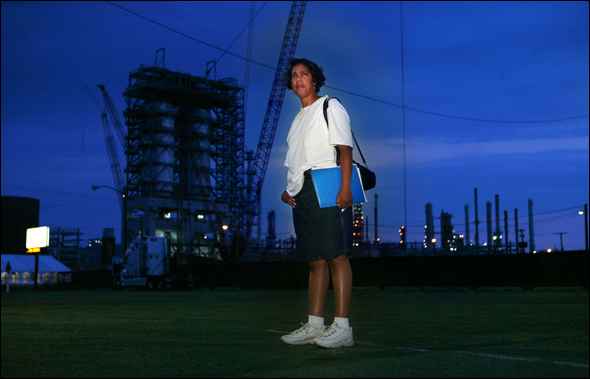
The boom in tar sands oil has yielded the largest industrial project in the world in Alberta, and the largest energy infrastructure expansion project in the United States to serve it. Along with the $31 billion in planned pipeline construction, refiners are expanding their capacity at a cost of tens of billions more. The owners of 17 refineries in the upper Midwest alone, five located along the Great Lakes, have started or are considering expansions to process Alberta’s unconventional reserves, according to a study by the Alliance for the Great Lakes, an environmental organization.
Chris Fox, a Marathon spokeswoman, told the Detroit News after the July rally that the Detroit refinery takes advantage of new market opportunities opened by the tar sands reserves. She indicated that refinery executives are mindful of their environmental responsibilities. Fox said the refinery has reduced its emissions by 76 percent since 1999. The Detroit refinery, which does not dump into the Detroit River, pumps its wastewater to the city’s treatment plant to clear away pollutants. The company also has taken a number of steps, she said, to reduce risks from the expansion, including daily street sweepings in and near the refinery; retrofitting 180 school buses with special air filters; and installing four air monitoring stations, including one in an elementary school.
Still, some neighbors aren’t happy about the refinery or its expansion. “I don’t agree with the tar sands,” said Therese Landrum. “I don’t agree with them coming into a community. Put them in the desert somewhere, but not here in a residential community. This community is already inundated with industry.”
She added: “I am willing to go if someone is willing to pay for my house and property. I think they should buy this community out.”
Keith Schneider is senior editor for Circle of Blue. Contact Keith Schneider
Heather Rousseau, a photojournalist for Circle of Blue, contributed reporting and photos to this article. Reach Rousseau at circleofblue.org/contact.

Circle of Blue’s senior editor and chief correspondent based in Traverse City, Michigan. He has reported on the contest for energy, food, and water in the era of climate change from six continents. Contact
Keith Schneider




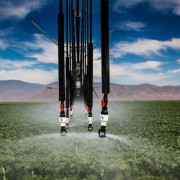




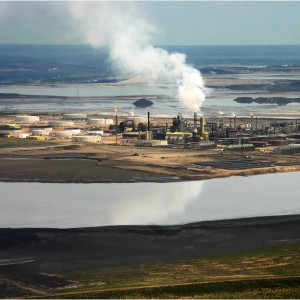
Leave a Reply
Want to join the discussion?Feel free to contribute!